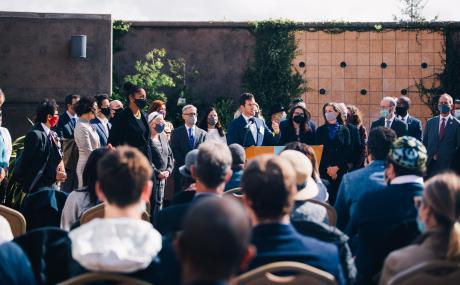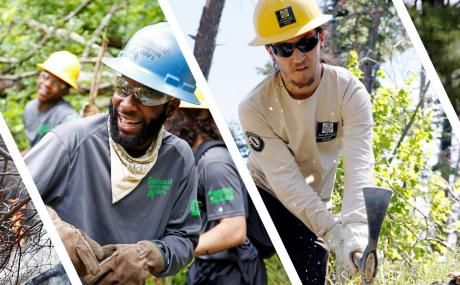Case study: Public benefit org upgrades Salesforce NPSP
The National Community Land Trust Network provides research, advocacy, education, and support for its member organizations that nurture and sustain healthy and economically diverse communities by providing permanently affordable access to land, homes, and community assets.
The Network’s first duty is to develop resources that help the members of the Network, primarily through its website. This information is designed to both introduce newcomers to the basics about community land trusts (CLTs) and permanently affordable housing, as well as to increase the knowledge and skills of experienced practitioners. In order to more efficiently do this, the organization needed to increase its use of Salesforce.
In the Beginning: Basic Data Management
Idealist Consulting has been working with the Network since it first adopted Salesforce in 2013. Before that, the organization was just a staff of two, working off one copy of Filemaker. As Member Services and Operations Administrator Jessica Grant tells it, “We always knew we were going to move to Salesforce as soon as we could manage it.” The staff was taken by the idea that Salesforce was cloud-based, which suited their growing remote organization well, and also that upgrades were automatically pushed out. Idealist Consulting helped the Network migrate data from Filemaker and set up basic reports and integration with Form Assembly, Vertical Response, and Click & Pledge.
“It was huge for us to have information available in real time,” says Grant, the primary Salesforce user. “My coworkers love that dashboards and data just land in their inbox.”
Membership and Events
Today, a typical membership drive is managed over 80% through Salesforce. Grant works to make sure the campaign members and language are in order, and then Idealist Consulting helps with the nuts and bolts of what the forms look like and how the data flows. The Network also collects data from members to better inform policy efforts on a national level.
The Network recently launched a large member drive including online payments. Current members received an email with a customized link. When clicked, the link directs them to a Form Assembly page, with a Click & Pledge online payment form, within the Network’s website. Syncing this with Salesforce means that when the members go to the site, a lot of their information is already filled in, but the Network can also collect some incremental new data. When submitted, this data is sorted back into Salesforce, and the home ownership data rolls up into one object. Salesforce shows closed-won and closed-pledged data for easy tracking and reporting. While the staff doesn't’ have data yet on whether this member drive resulted in increased donations or memberships, Grant has anecdotally heard from many members who like the new online process.
The Network is also using Click & Pledge Events to manage its annual conference of more than 300 people. Since the organization was already using Click & Pledge for online payments, which integrates with Salesforce, it made sense to adopt Click & Pledge for event management as well. Now, co-workers in different states can easily look up event registration statistics, which is much easier than sharing a joint password. There is also good support in the Power of Us Hub user group, suggesting more improvements next time around.
Upgrading to NPSP 3.0
When the Network found itself with some time and budget at the end of 2014, the staff knew they wanted to use this to upgrade to the Nonprofit Starter Pack 3.0. They came up with a list of some minor data cleaning and worked with Idealist Consulting to make the transition as smooth as possible. This included changing from the One-to-One to the Household model.
So how did it go? “We barely noticed the conversion happened - we thought it was going to be a much bigger deal than it was.” The Network is only using a fraction of the upgrade capabilities currently, but hopes to expand into some additional features as it grows.
What’s Next?
The Network has recently moved its Research Collaborative, which includes researchers who are interested in collaborative housing and who contribute to the publications library, over to Salesforce. They are now tracked entirely through contact records as well as a few custom fields that only relate to them. Having these contacts in Salesforce means that the staff can do specific outreach, such as asking the researchers for donations once a year and inviting them to conferences.
“Ideally everything we have will eventually be in Salesforce,” says Grant. The staff is working on establishing access for board members, possibly using Conga. Every year they add a little more functionality to their Salesforce instance and are able to manage more of their operational process.







